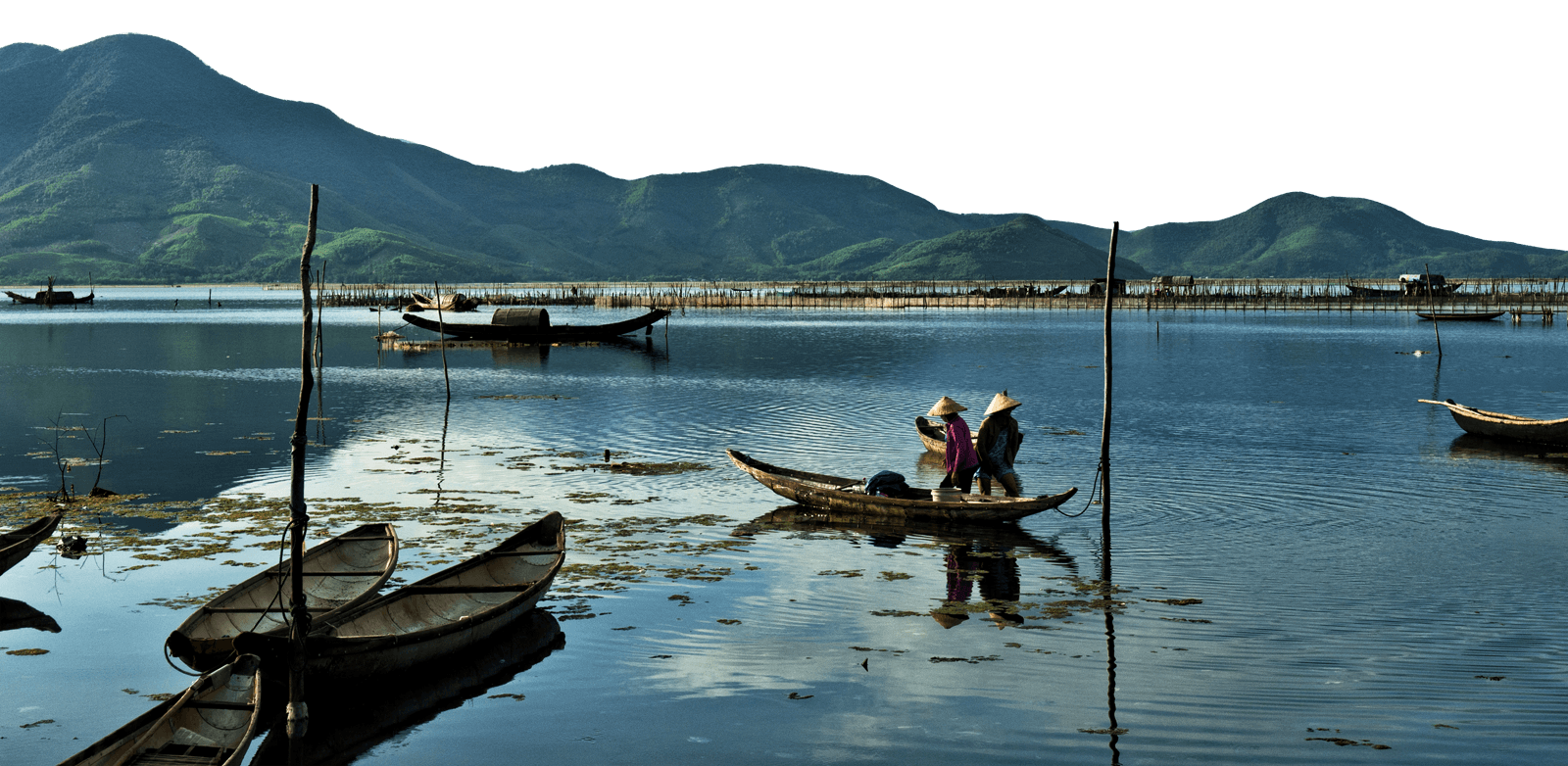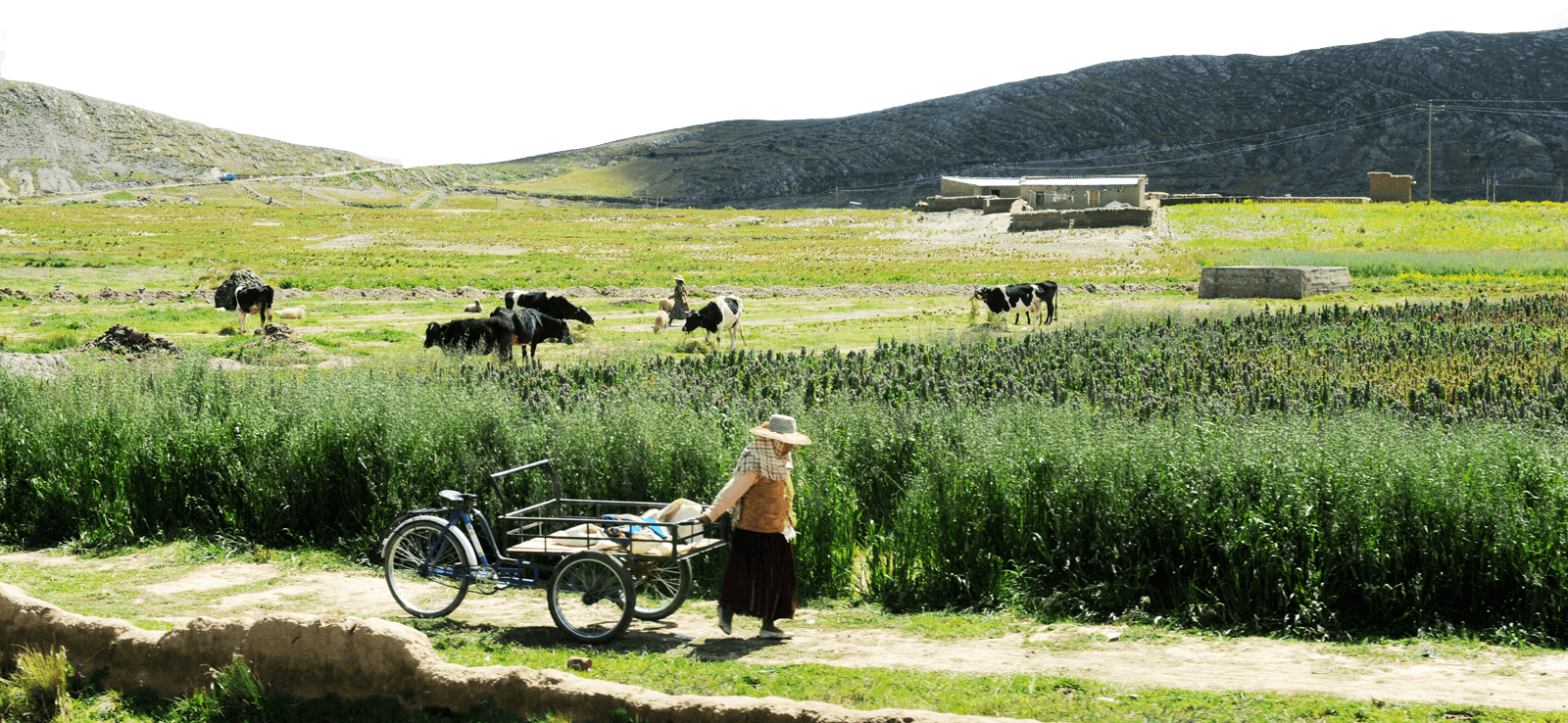Territorial Restructuring and Resistance in Argentina
This article argues that the logic of territory is particularly important for understanding the processes of capital accumulation and resistance in Latin America. The analysis focuses on Argentina, but draws on examples from throughout Latin America for a regional perspective and from the provinces of Jujuy, Cordoba and Santiago del Estero for subnational views. Section one describes the territorial restructuring of meaning, physical ‘places’ and politico-legal ‘spaces’, as it plays out at multiple scales to facilitate the investment in and sale and export of natural resource commodities. I argue that land grabs contribute to this process but are not solely responsible for it. Section two explores the territorial logic of resistance. In what might be understood as territorial restructuring from below, rural communities are finding their own ways of restructuring places, legal spaces and the meaning of resistance from a peasant struggle for land reform to a peasant–indigenous alliance in defense of territory. This emerging alliance is not only important for understanding the nature of reactions to land grabbing and land conflict today. Recognizing and navigating the differences between peasant and indigenous histories of collective action are also crucial for sustaining such alliances at the regional, national and subnational level.
Keywords: territorial restructuring; land grabs; indigenous and peasant alliance; agrarian resistance; Argentina
Introduction
It is no longer possible to address agrarian reform without bringing indigenous peoples into our struggle. They are the front lines of the battle to defend territory, and thus over time they have become the principal strategic member and ally of the struggle for a real genuine and integral agrarian reform. (Torrez 2013, 764) — Faustino Torrez, Peasant leader from La Vía Campesina, Nicaragua
A flurry of research and media attention on land grabbing has put land and territory in the spotlight of development debates and signaled a renewed interest in investing in natural resources. A growing academic literature on land grabbing has helped reveal the dynamics of this trend, key actors and drivers, however less research has been done on resistance to it. I hope to contribute to this question in Latin America, with special emphasis on the Argentine case. However, I argue that neoliberal reforms in Argentina established a pattern of territorial restructuring that land grabs also reproduce, but are not solely responsible for. This process is facilitating the expansion of multiple industries, namely industrial soy production and mining, driving agrarian change, and triggering resistance. Defense of territory in resistance discourse initially emerged in Latin America as an ethnic claim, linking land struggles to indigenous mobilizations, but the concept has also been increasingly incorporated into peasant movement discourse, signifying an important alliance.
Argentina’s indigenous population identified by census data has traditionally represented a small fraction (roughly 1%) of the population (Van Cott 2007, 129), and thus it is more often than not left out of regional analyses of indigenous politics (Assies et al. 2000, Yashar 2005). Although the 2010 census shows an increase to 2.4% of the population registered as indigenous (a remarkable 60% rise) (cited in Wald 2013, 603–604), this blind spot in the literature continues to further invisibilize a population whose role in agrarian change historically has been central and whose mobilizations today shape the agenda of resistance politics. Moreover, although much of the new literature on land grabs in South America focus on Brazil (Oliveira 2013; Sullivan 2013), Argentina is also a country whose agrarian structure has been shaped by land conflict and land grabbing, but has received less scholarly attention. It therefore offers an especially relevant context in which to explore the connections between land grabbing, land conflict and indigenous and peasant resistance.
In this paper I argue that the logic of territory is particularly important for understanding the processes of capital accumulation and resistance in Latin America. For Arrighi (1994) and Harvey (2003) state making is based either on territorial power or capitalist power. Territorial power consists of control over places, people and socio-political spaces. In contrast, capitalist power is based on control over money and processes of accumulation. I highlight that the processes of capital accumulation themselves, have taken on a notably territorial logic. In other words, the ‘real’ (territorial) and ‘financial’ (capitalist) sides of the economy have become increasingly interwoven. Alonso-Fradejas (2012) offers valuable insights by highlighting the ‘complementarity’ of the territorial and capitalist logics of power that characterizes and makes unique what he calls ‘land-control grabs’ (2012, 512). Similarly, for Holt-Giménez the fusion of these two logics in Guatemala is what drives processes of ‘territorial restructuring’ of the ‘social and economic institutions in a country’s hinterlands in favor of agribusiness, tourism, or extractive industries’ (Holt-Giménez 2008, 5). This idea of territorial restructuring is useful in understanding the current character of the agrarian question in Latin America, which I elaborate in section one. That is, how capital, with the help of the state rearranges physical ‘places’ and socio-political ‘spaces’ (Holt-Giménez 2008, 6) in order to accumulate more capital—the logic of capital in combination with the logic of territory. Examining this process in Argentina reveals, however, that the complimentarity of these two logics is indeed precarious at times as it causes tension within the state which seeks to facilitate capital accumulation and also maintain political legitimacy (Fox 1993). Building on Holt-Giménez’s ‘places’ and ‘spaces’, I suggest a third dimension of territorial restructuring—broadly understood as political or ideological meaning. In this analysis I highlight this dimension as expressed through political ideology and discursive framing. The restructuring of places, spaces and meaning plays out at multiple scales. To capture this I anchor my analysis on Argentina, but draw on examples from throughout Latin America for a regional perspective and from the provinces of Jujuy, Cordoba and Santiago del Estero for subnational views. This research is based on a review of secondary data and literature as well as participant observation and semi-structured interviews with social movement representatives, government researchers and policy makers, academics and farmers conducted throughout 2011 and 2012 in the Argentine provinces of Jujuy, Santiago del Estero, Cordoba and Buenos Aires.
Stay in the loop with Food First!
Get our independent analysis, research, and other publications you care about to your inbox for free!
Sign up today!Section one critically engages with the land grabbing literature, exploring its relevance in Argentina, a country where land conflicts are not all linked to the convergence of food and financial crises that culminated in 2008, nor are they all large scale, as contemporary land grabs are commonly understood. Nonetheless, they contribute to broader processes of territorial restructuring and shed light on the current character of the agrarian question in this case. I argue that a process of territorial restructuring is happening at multiple scales in Latin America to facilitate the investment in, sale and export of natural resource commodities, a process in which the logic of territory and of capital are in large part complimentary. Nonetheless, the Argentine case brings out a number of tensions that the state must negotiate.
In section two, I suggest that we are also seeing an emergent territorial logic of resistance. In what might be understood as territorial restructuring from below, rural communities are exerting direct control over places through occupation, and legal spaces are being leveraged to politicize territorial rights for indigenous and subsequently peasant groups. Despite differences, there is evidence that the identity and discourse framing of some resistance movements involved in conflicts over land are changing from a peasant struggle for land reform to a peasant-indigenous alliance in defense of territory against the expansion of capital. It is important to note that here I use ‘indigenous’ to refer to an ethno-cultural identity, while I use ‘peasant’ as a reference to a particular class of rural people. Class and ethnicity are interrelated but distinct concepts, the meaning of which is context specific (Van Den Berghe 1979, 254). Throughout the region many indigenous people are also peasants, and identification with one or the other or both can be motivated by political, economic, cultural or ethnic affiliations. But many peasant movements in Latin America have a Marxist legacy, mobilizing on the basis of class, while indigenous movements have largely made claims on the basis of shared ethnic identity. In many parts of Latin America there has been a clear shift in recent decades towards ethnic recognition and thus political demands articulated on the basis of indigeneity. However peasant movements grounded in class politics have not disappeared (Veltmeyer 1997, Wald 2013, 603, Fontana 2014, 297). This work explores the ways in which agrarian resistance movements today are attempting to integrate notions of class and ethnicity. Land claims by peasant and indigenous movements throughout Latin America have mobilization trajectories that have been at times overlapping, complimentary, contested and even conflicting. Therefore, this emerging alliance in defense of territory is not only important for understanding the nature of reactions to land grabbing and land conflict today. Recognizing and navigating the differences between histories of collective action is also crucial for sustaining such alliances at the regional, national and subnational level in order to resist the dispossession of peasant and indigenous communities. These are admittedly simplified uses of these concepts used here in this way for analytical clarity and to highlight the dynamics between class and identity politics. For a deeper discussion of the definition of a peasant and its complexities see Edelman 2013, For elaboration on indigenous ethnicity as related to class see Van Den Berghe 1979, and for the intersection of the two in Argentina see Wald 2014.
Click here to download the full article.
Click here to access the article at Taylor & Francis Online.
Citation:
Zoe W. Brent (2015) Territorial restructuring and resistance in Argentina, The Journal of Peasant Studies, 42:3-4, 671-694, DOI: 10.1080/03066150.2015.1013100


 Help Food First to continue growing an informed, transformative, and flourishing food movement.
Help Food First to continue growing an informed, transformative, and flourishing food movement.




